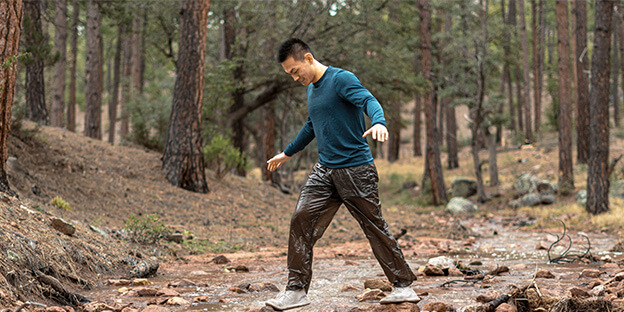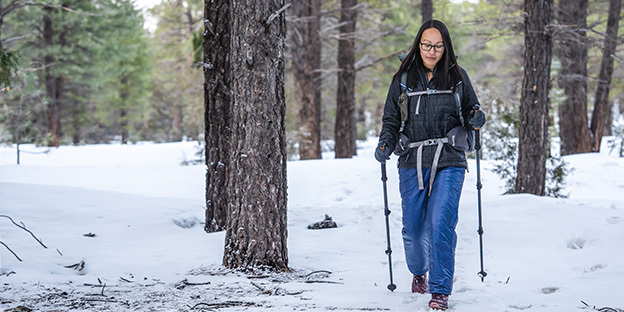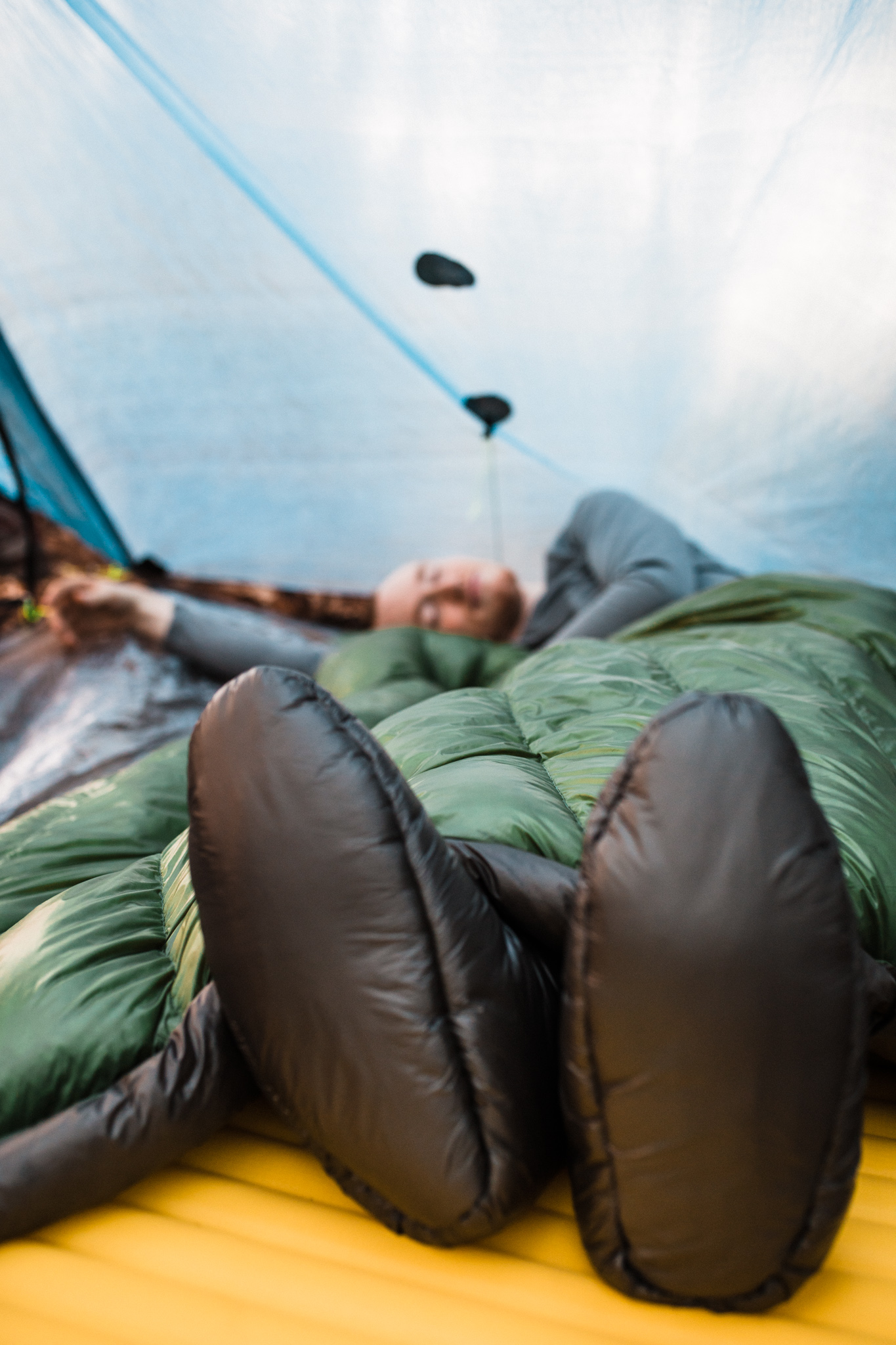Lower Body Layering for Backpacking
Introduction
“What do I wear?” is not just a question for a night out, but for a backpacking trip. Here are some options for leg-wear to handle various conditions and activity backpacking.
Should I wear Shorts on trail?
In a majority of conditions, ultralight backpackers choose shorts. The reason is simple: hiking generates heat from the constant movement of legs and shorts provide an effective way to ventilate. There are hundreds of different options and choices, largely coming down to a choice of personal preference. Some hikers prefer shorts that use an integrated or standalone belt. Others prefer shorts with integrated liners. One important consideration is how the shorts will ride under a hip belt. We recommend trying with a weighted pack before hopping on the trail.
What are Wind Pants good for?
Many ultralight hikers choose to add ultralight wind pants instead of pants if conditions deteriorate. Wind pants are lightweight, breathable and low bulk, and layer comfortably on top of shorts.

Do I need Softshell Pants?
Some hikers always wear softshell pants for sun coverage, while others may only opt for pants in cooler conditions. Softshell pants provide warmth, block wind, and shed precipitation. We recommend pants that have both mechanical, and technical stretch to provide a range of motion while hiking.
Tights
Some hikers prefer shorts over tights to softshell pants, while others may opt for tights under softshell pants in winter conditions. There are several weights that we recommend matching to activity and conditions based on personal preference.
Enlightened equipment Torrid Pants

Our ultralight torrid pants provide a high level of insulation while weighing less than most pairs of softshell pants. This makes them ideal for stationary camp use or hiking in extreme cold (below 0F).
Should i geta Rain Pants or Rain Skirt
In instances of heavy, consistent rain, waterproof legwear may be necessary. We recommend a Rain Wrap for maximum breathability and minimum weight. More activities, such as canoeing or mountaineering, may require rain pants.




